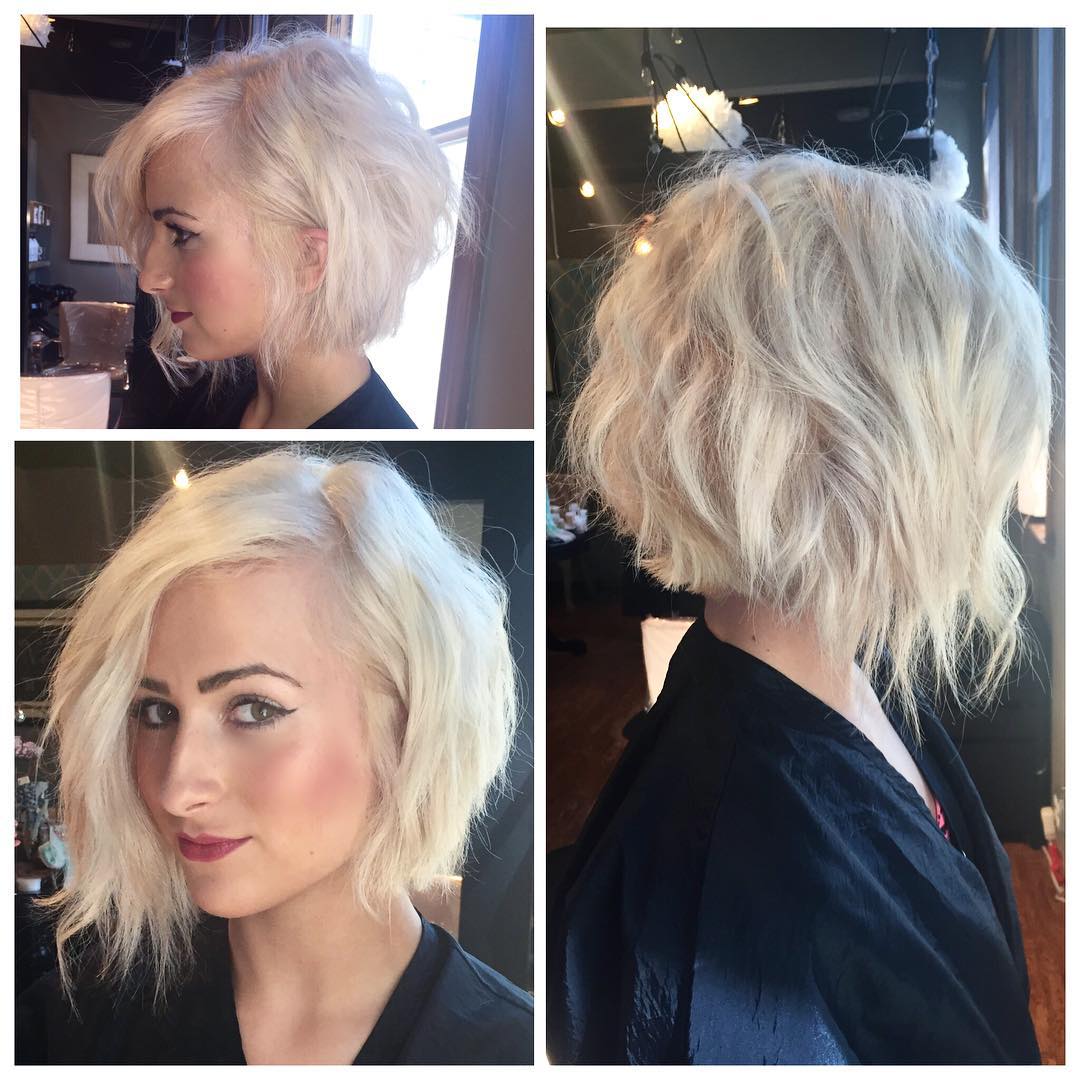How to Create the Perfect Asymmetrical Cut

How to Create the Perfect Asymmetrical Cut: Embrace the Uneven
Asymmetrical haircuts have become a staple in modern hair styling, offering a bold, edgy, and surprisingly versatile look. But achieving that perfectly imperfect cut requires more than just haphazard snipping. This guide will walk you through the process, from consultation to styling, ensuring you end up with a stylish asymmetrical cut you’ll love.
1. Consultation is Key:
Before a single strand is touched, a thorough consultation with your stylist is crucial. Discuss your hair type (fine, thick, wavy, straight), texture, and overall lifestyle. An asymmetrical cut might not suit every hair type equally well. For example, very fine hair might require extra layering to achieve volume and prevent it from looking limp. Thick, coarse hair may benefit from more aggressive texturizing to prevent it from appearing too bulky.
Bring inspiration photos! This is vital for communicating your vision. Show your stylist several pictures, highlighting specific elements you like – the length of the longer side, the angle of the shorter side, the overall shape, and the texture. Be realistic though – your stylist might need to adjust the look based on your hair’s natural characteristics.
2. Understanding the Fundamentals:
Asymmetrical cuts are all about imbalance. The key is creating a deliberate contrast in length and/or texture between both sides of the head. This can manifest in various ways:
- Length Discrepancy: One side is significantly longer than the other, sometimes extending to the shoulders or even longer, while the opposite side is short, perhaps a pixie cut or a subtle undercut.
- Textural Contrast: One side might be heavily layered, creating volume and movement, while the other is kept sleek and straight, or vice-versa.
- Fringe/Bangs Incorporation: Asymmetrical bangs or a side-swept fringe can dramatically enhance the uneven look, adding another layer of visual interest.
3. The Cutting Process (Professional Expertise Recommended):
Unless you’re a trained hairstylist, attempting an asymmetrical cut at home is strongly discouraged. The precision required to achieve a balanced asymmetry is challenging even for experienced stylists. A professional will possess the skills to:
- Section the hair accurately: This ensures evenness and prevents accidental mishaps.
- Utilize appropriate cutting techniques: Point cutting, slide cutting, and layering techniques are often used to create texture and movement.
- Consider the natural fall of your hair: A skilled stylist will take into account your hair’s growth pattern to ensure the cut looks its best over time.
4. Styling Your Asymmetrical Cut:
Once you have your perfect asymmetrical cut, styling is crucial to maintain its shape and showcase its unique features. Experiment with different techniques depending on your desired look:
- Straight and Sleek: Use a straightening iron for a polished, modern feel.
- Textured Waves: Employ a curling iron or wand to create soft waves or beachy curls, adding volume and movement.
- Voluminous Blow-Dry: A round brush can create lift and volume, particularly beneficial for finer hair types.
- Products are your friend: Use hair products such as mousse, texturizing spray, or hair wax to enhance the style and add definition.
5. Maintenance is Key:
Asymmetrical cuts require regular maintenance to prevent them from becoming uneven or shapeless. Schedule regular trims with your stylist (every 4-6 weeks) to maintain the desired shape and length. This ensures the style remains balanced and prevents any unwanted growth that can disrupt the asymmetry.
Ultimately, the perfect asymmetrical cut is a collaborative effort between you and your stylist. By having a clear vision, communicating effectively, and choosing a skilled professional, you can achieve a truly unique and stunning look that reflects your individual style.

